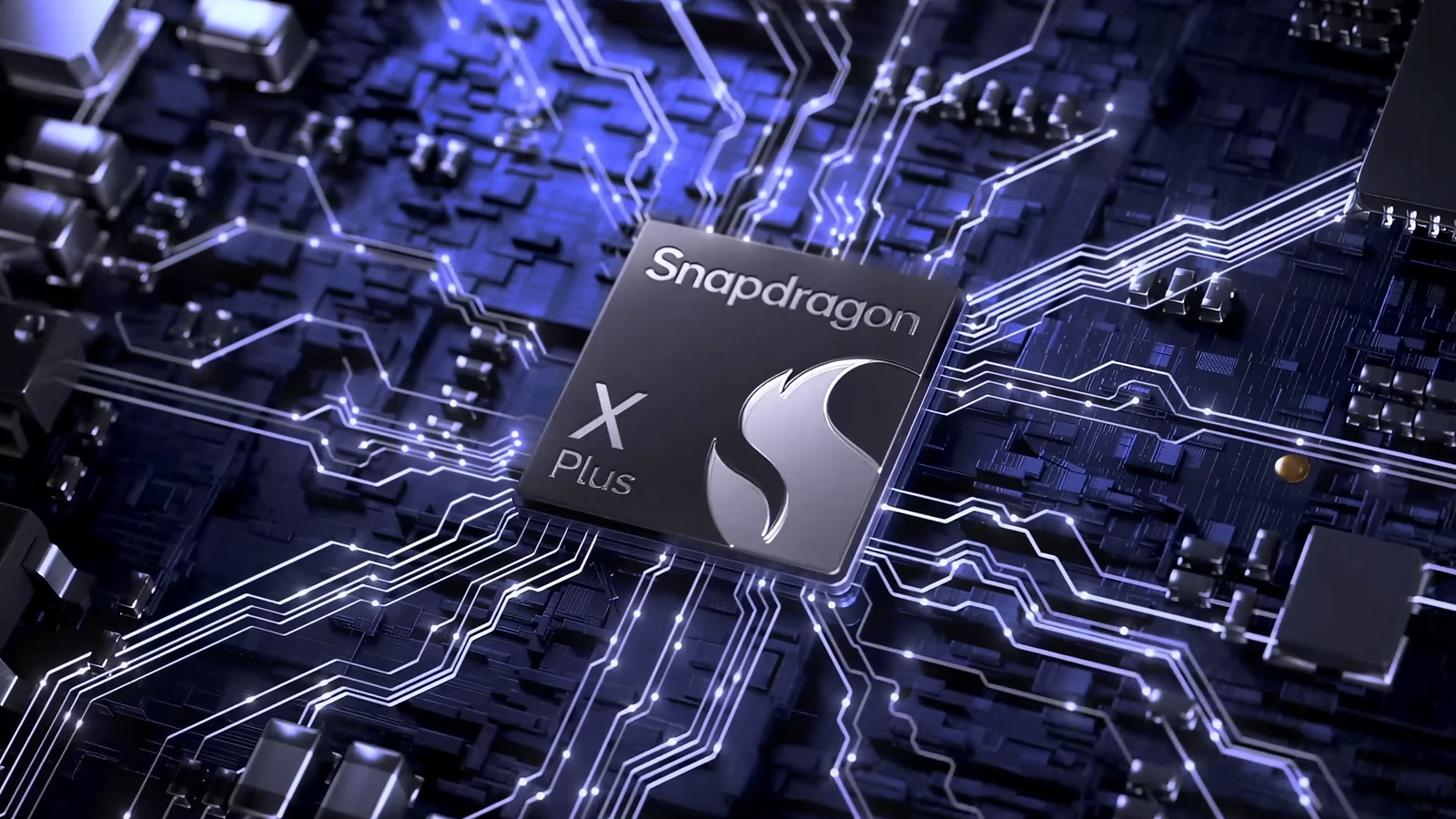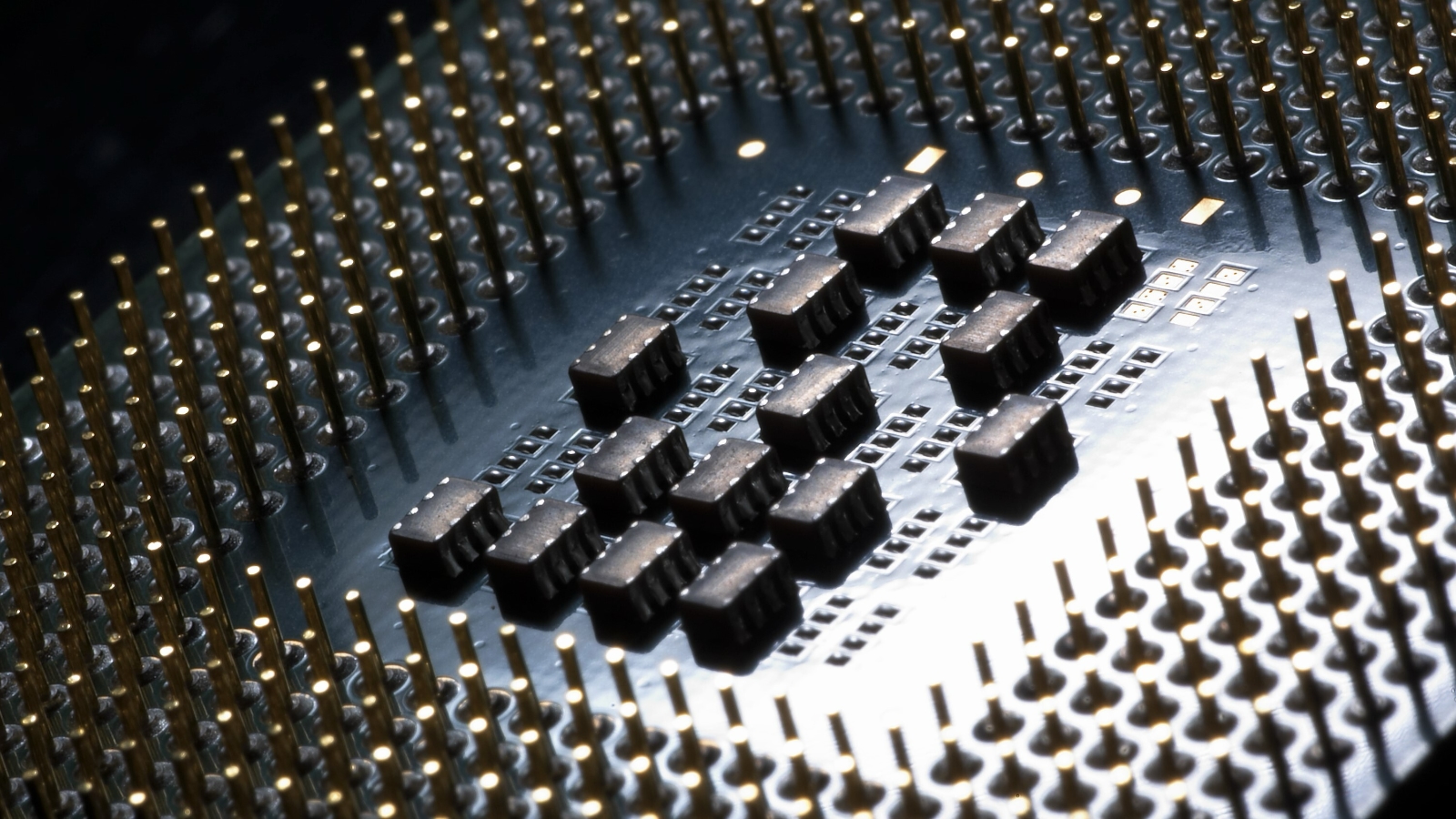KingOfPain
Site Champ
- Joined
- Nov 10, 2021
- Posts
- 728
I believe AMD already has a fancy ARM Arch license. If they were truly ambitious, they would design dual-decode E cores, which would provide x86-64 compatibility or be able to run ARM code, with the ability to gate off the x86 side to save juice when it is not needed.
AMD must have had an ARM license when they were still working on the K12. If they still have it, I don't know, although it is quite possible.
Combining RISC and x86 in the same chip was planned in the PowerPC 615, but it was never released. I'm not sure if that's the same project that Cliff mentioned.
On one hand, it would make the chip more versatile and x86 code faster than emulation, and if the x86 decoder isn't used it shouldn't need any power.
On the other hand, emulation is actually quite good (except for dynamically generated code) and another decoder would make the chip more complicated and would need some die area that could be used for something else.
I'm a bit torn, but it could be something that might ease the transition from x86 to ARM.
Although my biggest problem with Windows on ARM isn't the applications, but rather the drivers. I've run several x86 games on Windows on ARM without any problem, but I couldn't install a VPN driver when I would have needed it.
And the fact that you cannot get x86 drivers to work on Windows on ARM isn't something that would be solved by a chip like this, because that's an operating system issue, and frankly, I can understand that they don't want to support x86 drivers.
But in my specific case it sucked, because that meant I had to work on a small Dell laptop screen (one of my customers scheduled a meeting so late that I only could take it from home). Originally I hoped that I could have used a Windows VM on my M1, since I only needed VPN access anyway, but that didn't work. And while the Dell recognized my Apple monitor, it only supported it either at max 5K or in the same resolution as the laptop screen. While I was able to scale the Windows GUI that unfortunately did not apply to the VM that I was using for VPN, which meant that I had a really tiny window with tiny text on a 5K display. Thus, in the end I used the laptop screen and had to scroll around, because the application didn't fit the screen...
Long story short, it might help applications, but those are running pretty well already. But without drivers for ARM the transition won't come any easier.





